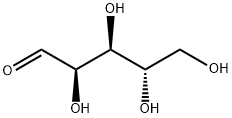L-Arabinose: A Versatile Sugar with Promising Biotechnological Applications
Feb 2,2024
General Description
L-Arabinose is a pentose sugar found in hemicellulose and pectin biopolymers, as well as in various LCB-based feedstocks. It has diverse applications, including its use as an artificial sweetener, anti-oxidative and blood sugar-reducing agent, precursor for amino acid synthesis, drug and therapeutic molecule, and raw material for surfactant production. Efficient utilization of LCB-based waste streams presents opportunities for its utilization in biotechnological applications. L-Arabinose can be metabolized by both prokaryotes and eukaryotes through different pathways, and microbial strains have been studied for their ability to transport and metabolize arabinose for the production of fuels and chemicals. Research into arabinose-based bioproducts is limited compared to other sugars, but there is potential for valuable chemical synthesis from pure and crude arabinose.
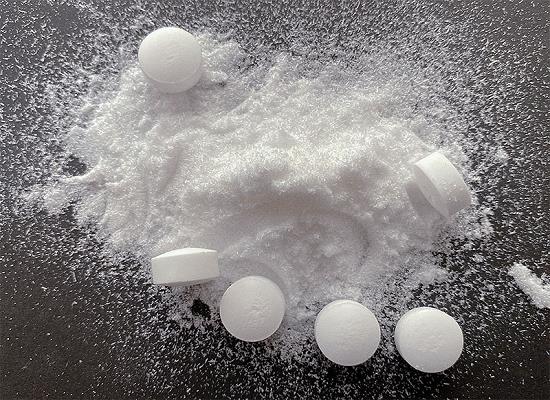
Figure 1. L-Arabinose
Occurrence
L-Arabinose is a rare sugar that exists in the l-form and is the second most widespread pentose sugar after d-xylose in nature. It is primarily found in the side chains of hemicellulose and pectin biopolymers as arabinogalactan-protein complexes and is commonly found in LCB-based feedstocks such as corn fiber, wheat bran, sugar beet pulp, brewer's spent grains, and lime peels. L-Arabinose has diverse applications, including its use as artificial sweeteners, anti-oxidative and blood sugar-reducing agents, precursors for amino acid synthesis, drug and therapeutic molecules, and raw materials for surfactant production. The abundance of L-Arabinose in lignocellulosic biomass and other feedstocks presents opportunities for its efficient utilization in biotechnological applications. Sugar beet pulp, in particular, is a major byproduct from the sugar industry and a rich source of l-arabinose, and utilizing it in higher-value applications could be economically beneficial. Efficient utilization of LCB-based waste streams is crucial for creating revenue streams and reducing waste management burdens, making arabinose a promising area for further research and development. 1
Transport and metabolism
L-Arabinose is a pentose sugar that can be metabolized by both prokaryotes and eukaryotes through different pathways. In eukaryotes, such as fungi, arabinose assimilation begins with its uptake through sugar transporters. The pathway involves several oxidoreductive steps, including reductions and oxidations coupled to NAD(P)+ and NAD(P)H consumption. Key enzymes, such as l-arabinose reductase and arabitol-4-dehydrogenase, are involved in the reduction and dehydrogenation of arabinose, leading to the formation of d-xylulose-5-phosphate. This pathway is distinct from the bacterial pathway. In bacteria, L-Arabinose metabolism starts with active transporters that assimilate arabinose into the cell. The key enzymes involved in this pathway include l-arabinose isomerase, l-ribulokinase, and l-ribulose-5-phosphate-4-epimerase. These enzymes convert L-Arabinose into l-ribulose-5-phosphate and d-xylulose-5-phosphate, which can further enter the central carbon metabolism. Archaebacteria use non-phosphorylating pathways, known as the Weimberg and Dahms pathways, to metabolize pentose sugars. The Weimberg pathway involves five consecutive enzymatic steps, including oxidation, hydration, and dehydration, leading to the formation of α-ketoglutarate. The Dahms pathway, on the other hand, involves the splitting of 2-keto-3-deoxyl-pentanoate into pyruvate and glycolaldehyde. To efficiently utilize L-Arabinose, microbial strains have been studied for their ability to transport and metabolize arabinose. Transporters, such as Trire2_104072 in Trichoderma reesei and PcAraT in Penicillium chrysogenum, have been identified with high affinity for arabinose. This has opened up opportunities to develop industrially tractable microbial strains capable of using arabinose as a carbon source for the production of fuels and chemicals. In conclusion, L-Arabinose transport and metabolism differ between prokaryotes and eukaryotes. Understanding these pathways and identifying suitable transporters are crucial for developing microbial strains that can efficiently utilize arabinose as a feedstock in biorefineries. 2
L-Arabinose-based bioproducts
Arabinose-based bioproducts have the potential to be valuable chemicals. L-arabinose, like glucose and d-xylose, can be used as a substrate for fermentation. However, research into L-arabinose-based bioproducts is limited compared to other sugars. Many microbial strains cannot naturally metabolize arabinose, requiring the engineering of heterologous pathways for growth and metabolite production. There has been exploration into synthesizing different chemical building blocks from pure and crude L-arabinose. 2
Reference
1. Liu y, Tang y, Gao H, et al. Challenges and future perspectives of promising biotechnologies for lignocellulosic biorefinery. Molecules. 2021, 26:5411.
2. Kumar V, Agrawal D, Bommareddy RR, et al. Arabinose as an overlooked sugar for microbial bioproduction of chemical building blocks. Crit Rev Biotechnol. 2023, 6:1-18.
- Related articles
- Related Qustion
- L-Arabinose: metabolism in plants and function Oct 9, 2023
L-Arabinose is a crucial sugar in plant metabolism, playing a role in cell wall flexibility and abiotic stress tolerance.
- What is L-Arabinose? Aug 12, 2021
L-Arabinose is the naturally occurring isomer and constituent of plant polysaccharides.
Hexamidine diisethionate is a safe and effective antimicrobial agent, serving as a preservative and treating various skin conditions. Its recommended dosage ranges from 0.01% to 0.1%.....
Feb 2,2024API2-Aminophenol is toxic, causing methemoglobinemia and bronchial asthma. CaCu2O3 nanorods and graphene nanoribbons offer effective detection methods for this compound.....
Feb 2,2024APIL-Arabinose
5328-37-0You may like
- L-Arabinose
-
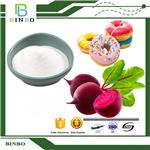
- $0.00 / 1kg
- 2024-04-29
- CAS:5328-37-0
- Min. Order: 1kg
- Purity: 99%
- Supply Ability: 1000 kg
- L-Arabinose
-
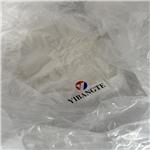
- $0.00 / 1kg
- 2023-08-02
- CAS:5328-37-0
- Min. Order: 1kg
- Purity: 0.99
- Supply Ability: 50000kg
- L-Arabinose
-
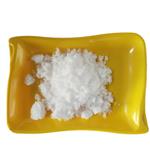
- $0.00 / 25KG
- 2023-06-29
- CAS:5328-37-0
- Min. Order: 1KG
- Purity: 99%
- Supply Ability: 50000KG/month




